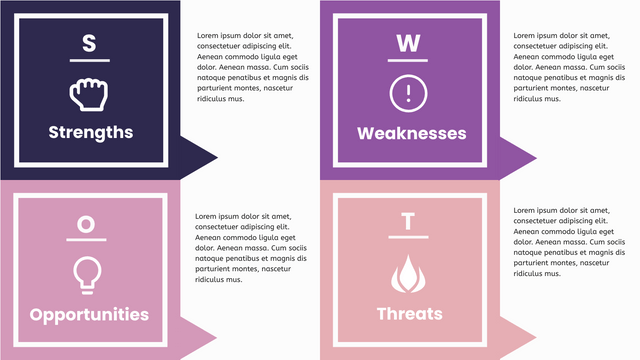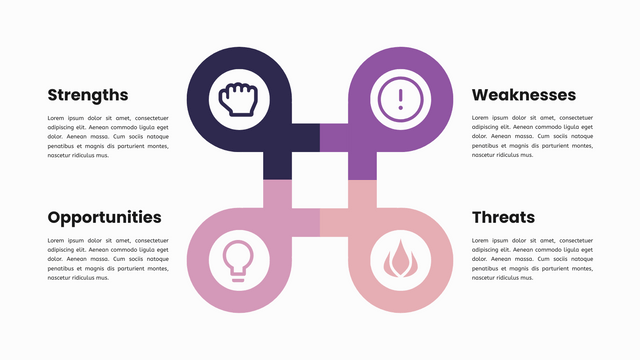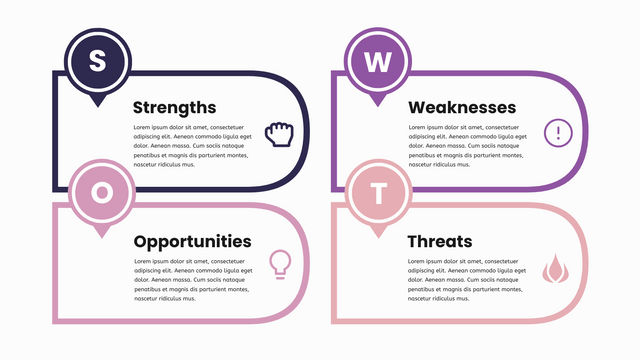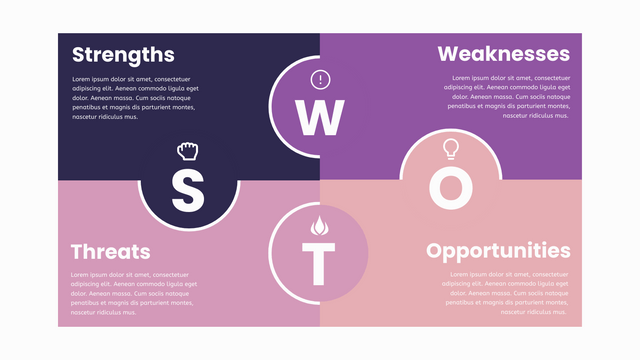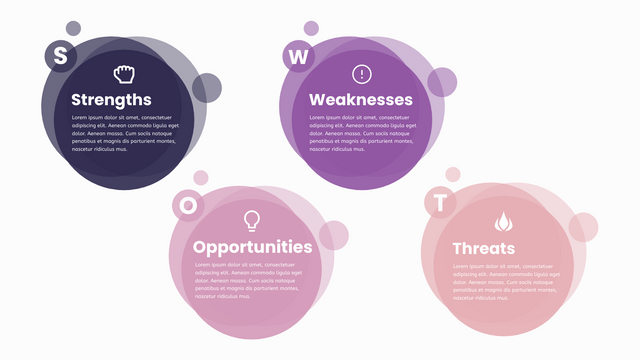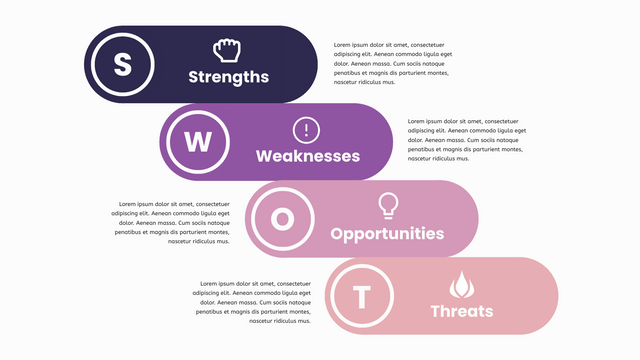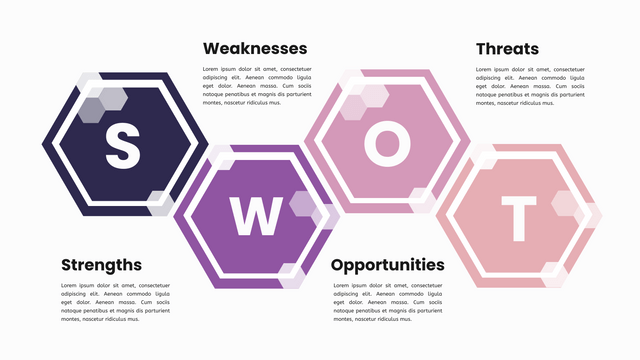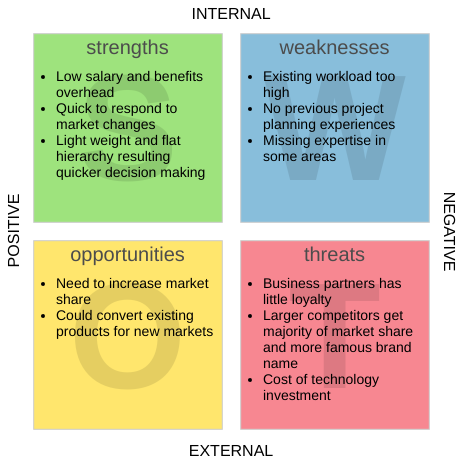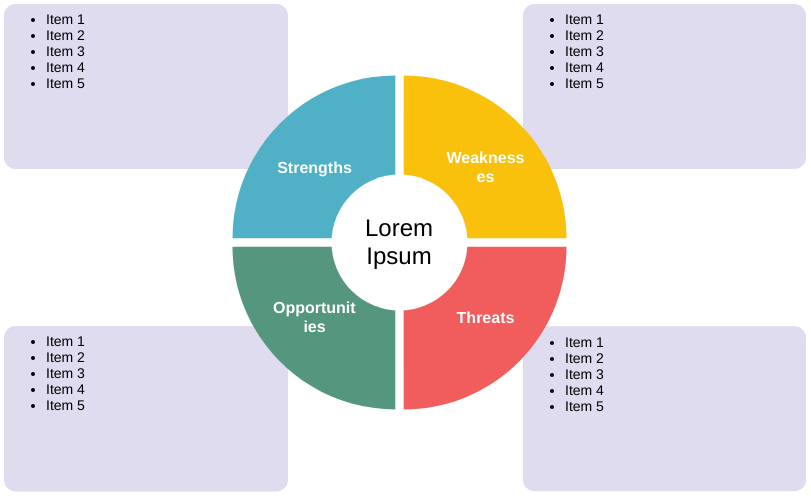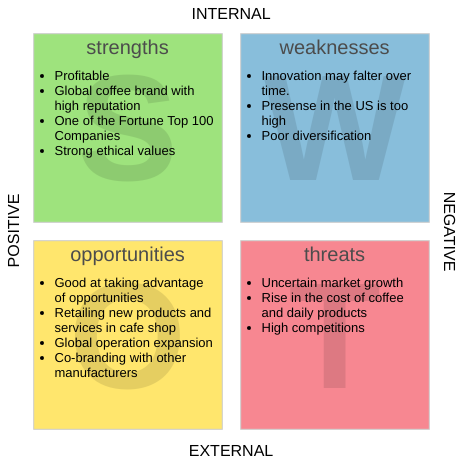“If you know the enemy and know yourself, you need not fear the result of a hundred battles. If you know yourself but not the enemy, for every victory gained you will also suffer a defeat. If you know neither the enemy nor yourself, you will succumb in every battle.”
― Sun Tzu, The Art of War
Companies should regularly analyze their market conditions to ensure that you are operating as effectively as possible. While there are many ways to evaluate a company, one of the most effective is a SWOT analysis, which is a useful tool for brainstorming and strategic planning. You will get more value out of a SWOT analysis if you have a clear goal in mind.
For example, you can use a SWOT analysis to help you decide whether and how to.
- Take advantage of new business opportunities
- Address new trends
- Implement new technologies
- Respond to changes in your competitors’ operations.
What is SWOT Analysis?
SWOT is an acronym for Strengths, Weaknesses, Opportunities and Threats. These four factors are used to analyze an individual, product or organization. Strengths and weaknesses correspond to the internal good and bad aspects of the entity in question. Opportunities and threats correspond to the positive features and potential problems of the external environment. It is probably one of the most popular and useful strategic planning tools in business and management. For example, you can use a SWOT analysis to help you decide if and how to:
- Take advantage of new business opportunities
- React to changes in your competitors’ operations.
- Address new business trends and new technologies
However, it is worth noting that the tool is also applicable to individuals. Many people lead busy lives and have little time to think. the SWOT is a useful tool that we can use from time to time to review the big picture, where we are in life and where we want to go.
Internal Factors vs External Factors
Performing a SWOT analysis on a company requires both internal and external analysis, but that’s the beauty of SWOT – if you do it right, it covers both internal and external aspects of the business.
Internal factors are the strengths and weaknesses that give an organization certain advantages and disadvantages in meeting the needs of its target market.
- Strengths refer to the core competencies that give a company an advantage in meeting the needs of its target market.
- Weaknesses refer to any limitations that a company faces in developing or implementing its strategy.
External factors related to the opportunities and threats that exist in your organization’s environment.
- Opportunities are favorable conditions in an organization’s environment that, if properly utilized, can yield rewards.
- Threats are the obstacles an organization faces that prevent them from reaching their desired goals.
Why SWOT Analysis?
The SWOT framework provides a systematic way to evaluate an organization, especially when planning for the future. When a company decides how to expand its business or deal with its competitors, it may start with a SWOT analysis.
- The purpose of SWOT analysis is to identify your company’s strengths, weaknesses, opportunities and threats.
- The main purpose of SWOT analysis is to help the organization fully understand all factors involved in business decision-making.
- In the process of analyzing, revising, or taking any new SWOT action, whether it’s in the process of changing the company’s internal policy or taking any new action.
- Use SWOT analysis to identify recommendations and strategies, focusing on using strengths and opportunities to overcome weaknesses and threats.
How to Perform SWOT Analysis?
The way to do a SWOT analysis is to draw a table similar to the one in the Figure and list the relevant points in the appropriate boxes.
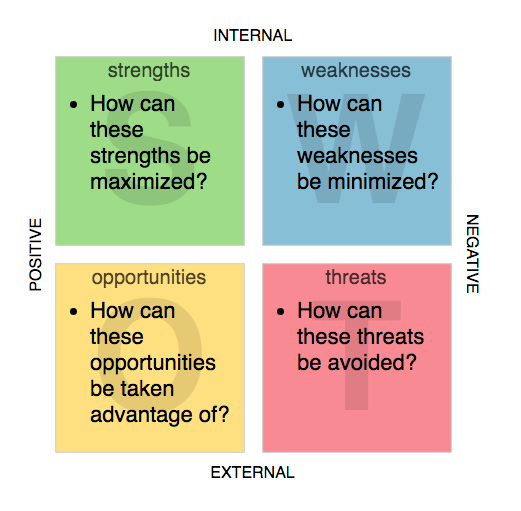
Steps for Performing SWOT Analysis
1. Gather the right members
2. Decide on the objectives of your SWOT analysis
3. Research your business, industry and market
4. Brainstorm and identify the strengths and weaknesses of your business
5. Brainstorm and identify the potential opportunities and threats of your business 5.
6. Identify priorities from the SWOT
7. Develop a strategy to address the issues in the SWOT
How to Use SWOT Analysis to Develop Improvement Actions?When you use a SWOT analysis for planning, you align the positives to help capitalize on opportunities and identify gaps in the negatives that must be improved or managed. Gaining insight from a SWOT analysis requires us to take a strategic leap, look at the connections between categories (for example, a strength can help us mitigate a threat), and look for overall trends.
- Strengths – Keeping overhead low by changing the compensation structure to balance base salary and performance-based bonuses.
- Disadvantages – Learn, research and implement a project planning system and follow it.
- Opportunities – Test new markets with one existing product first
- Threats – i.e., Include business partners in performance-based commission scheme
SWOT Analysis Example 1 – Internet Small Business Startup
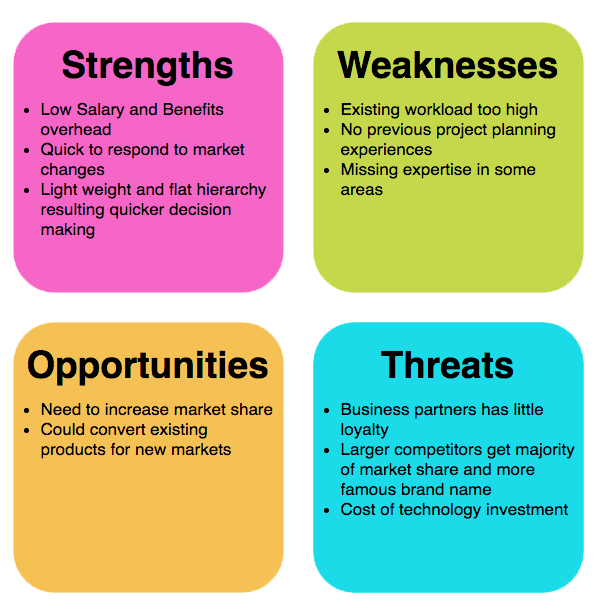
SWOT Analysis Example 2 – Starbucks*
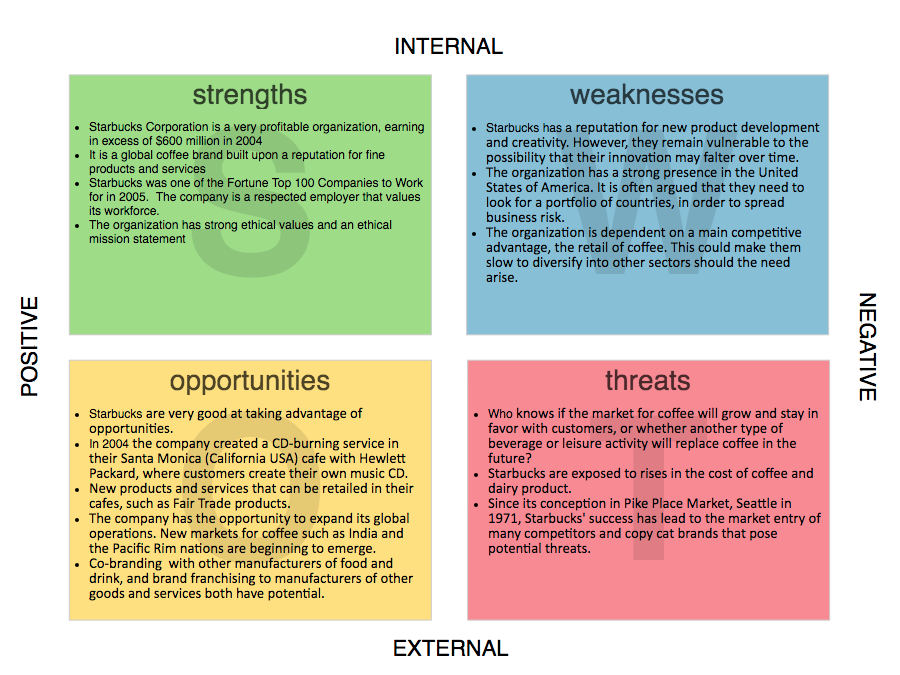
SWOT Analysis Example 3 – Nike*
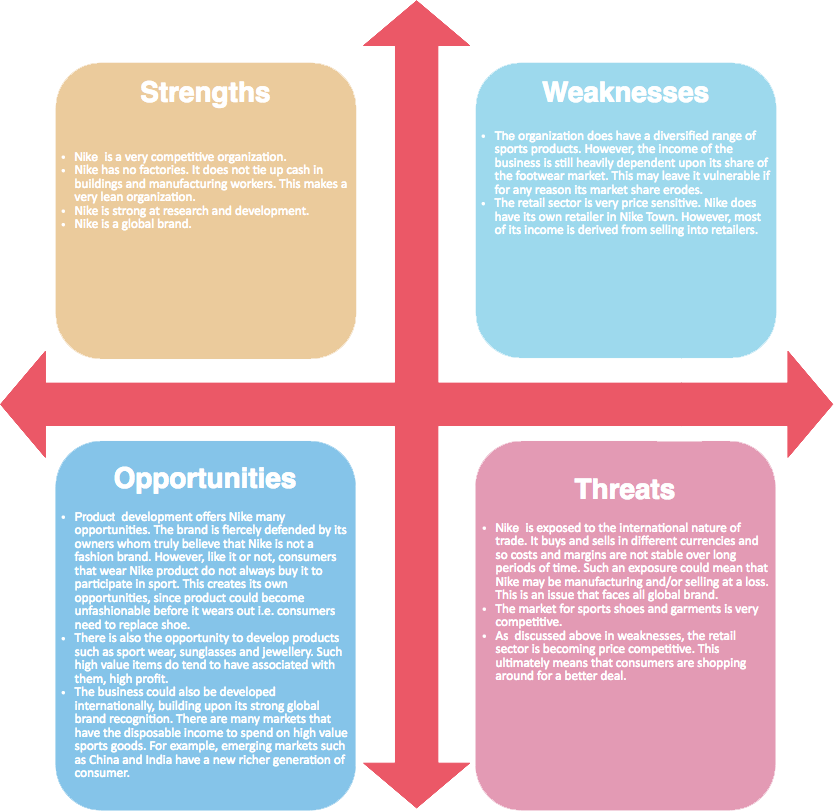
*Disclaimer: This case study has been compiled from information freely available from public sources. It is intended to be used as an example for illustration purposes only
Brainstorming of SWOT Analysis with Mindmap
So how to Use Mind Map to Perform SWOT Analysis? Here is a simple template for SWOT and the branch out sub-categories, add or remove them as appropriate and also add content to it.
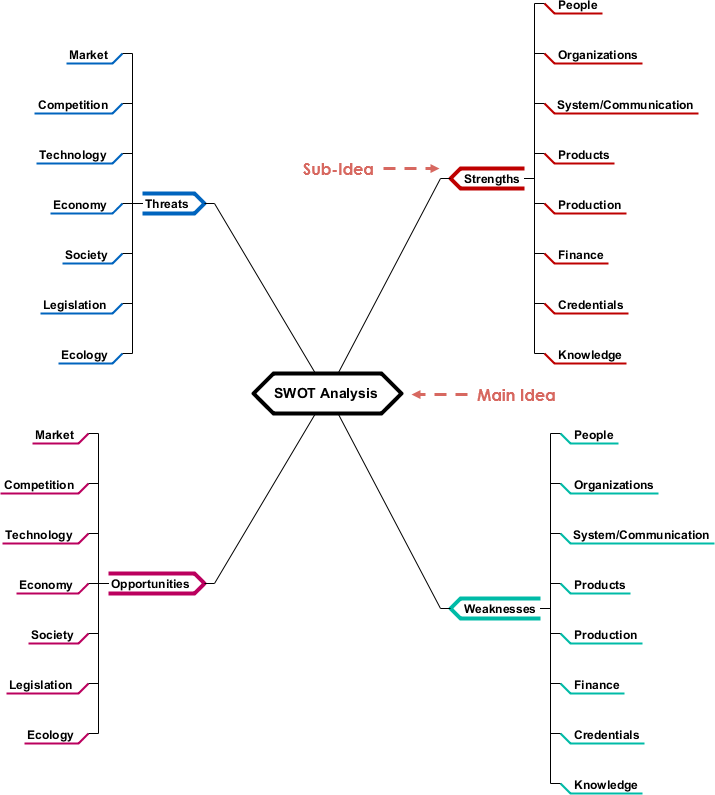
Free Online SWOT Analysis Tool
VP Online has a web-based SWOT analysis software that allows you to easily and quickly develop SWOT analysis models by using an intuitive list-based data editor. You can focus on listing information in bullet points. visual Paradigm will automatically form a SWOT matrix based on the information you provide.
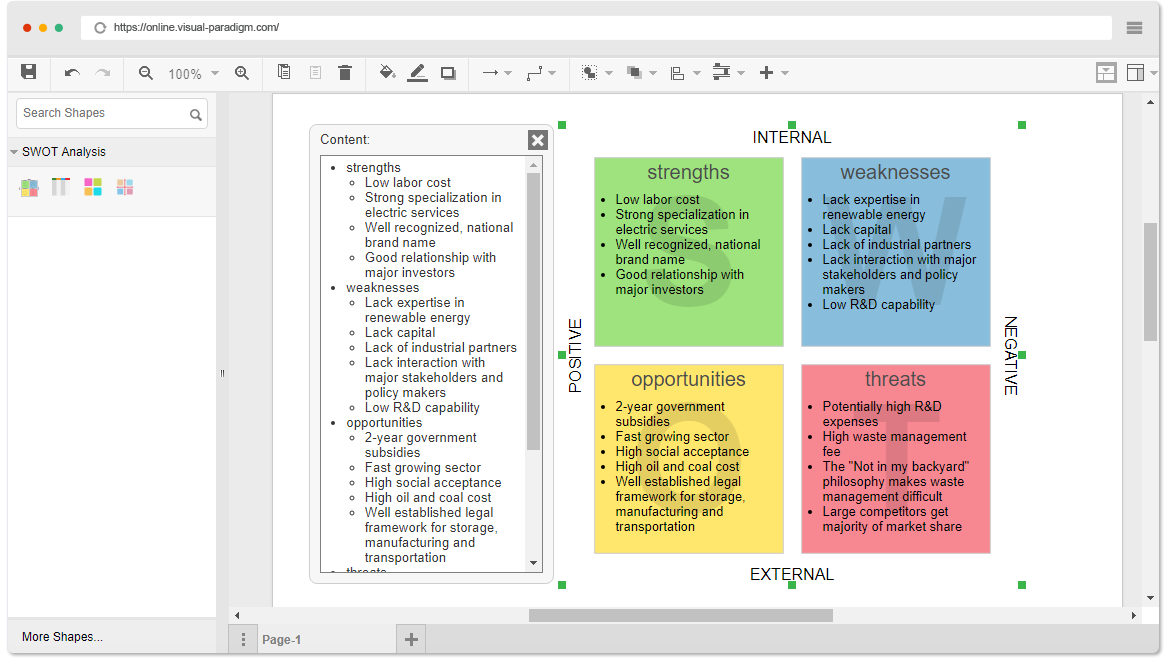
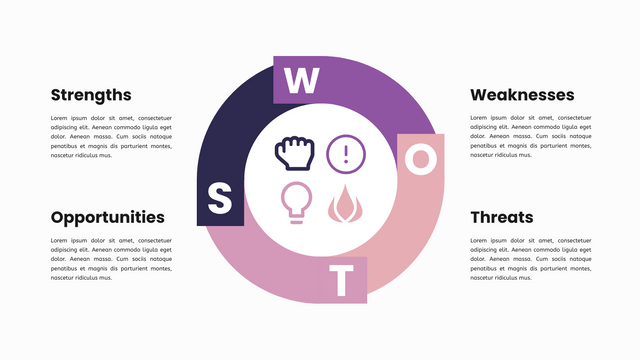
Ring-Based SWOT Chart Template
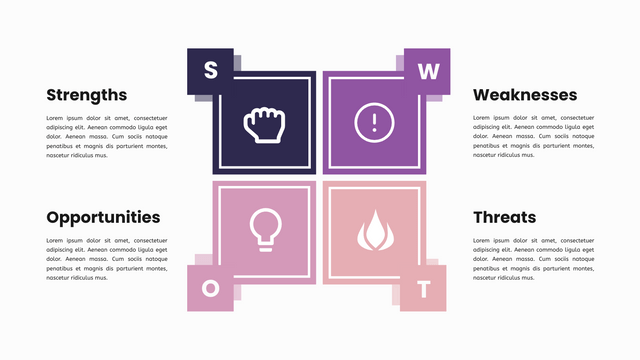
SWOT Analysis Template Brick Style
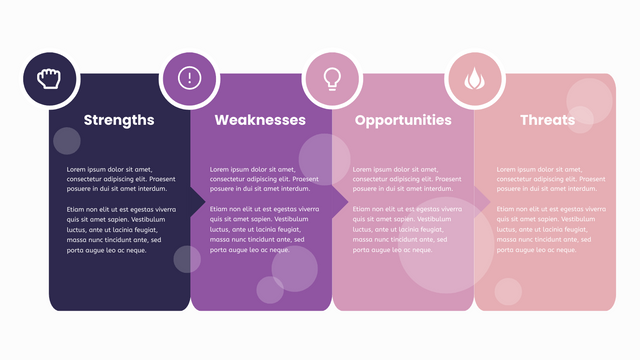
4-Columns SWOT Analysis Template
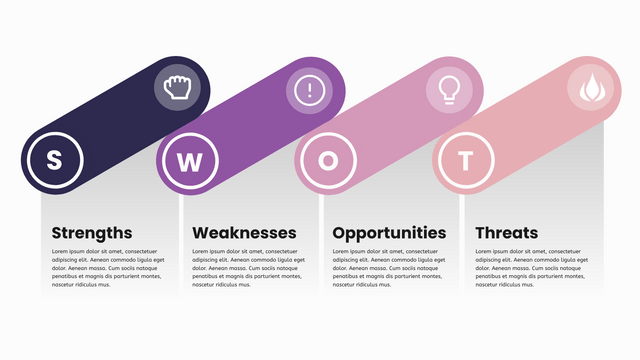
Stylish SWOT Analysis Framework Template
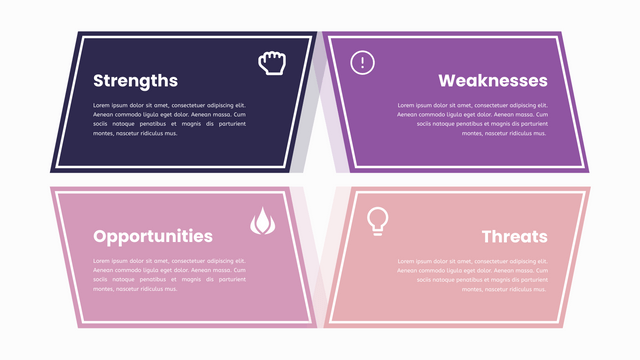
Parallelogram Style – SWOT Analysis Model
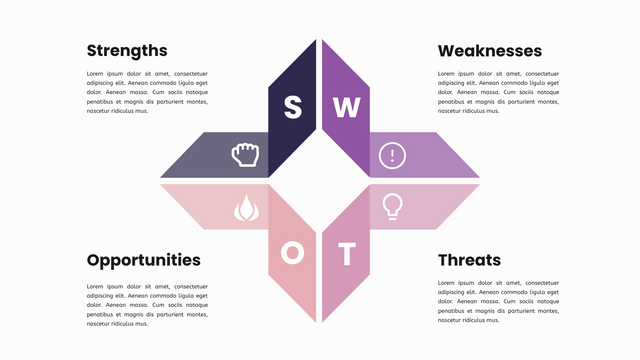
Compound SWOT Analysis Template
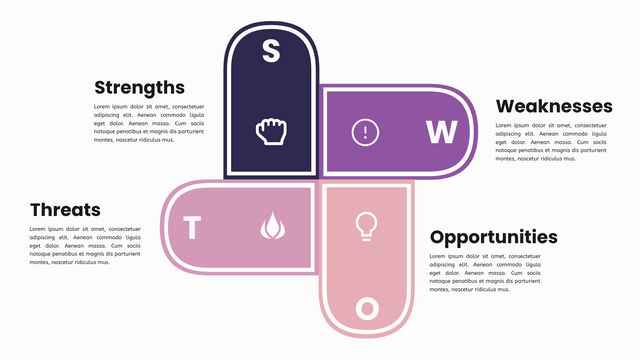
U-Shape SWOT Analysis Template
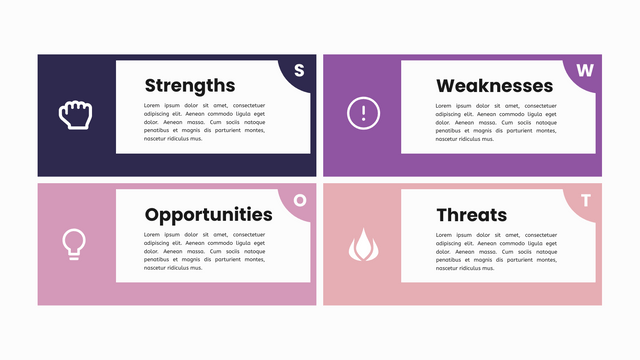
SWOT Analysis Model – Boxed Style
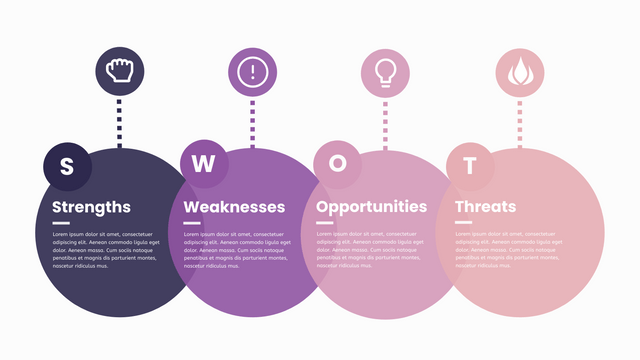
Bell Style SWOT Template – By SWOT Maker
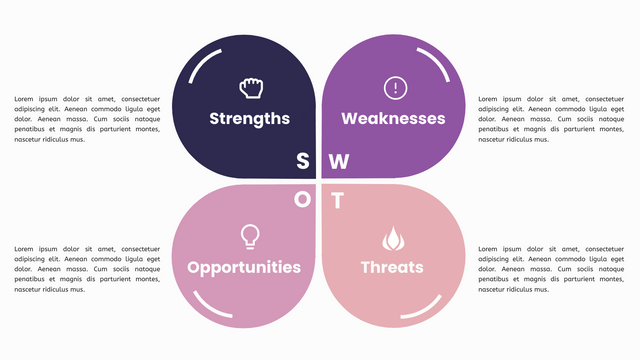
PREMIUM
SWOT Analysis Framework – Petal Style
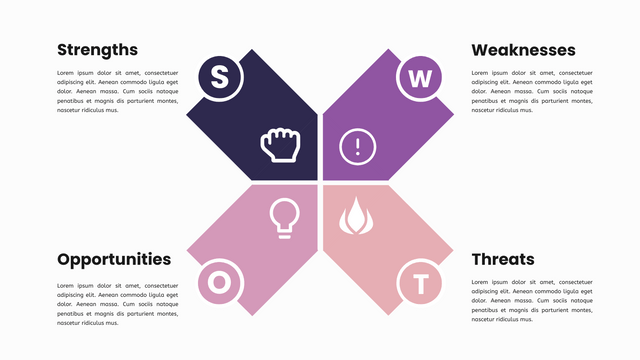
SWOT Analysis for Infographics
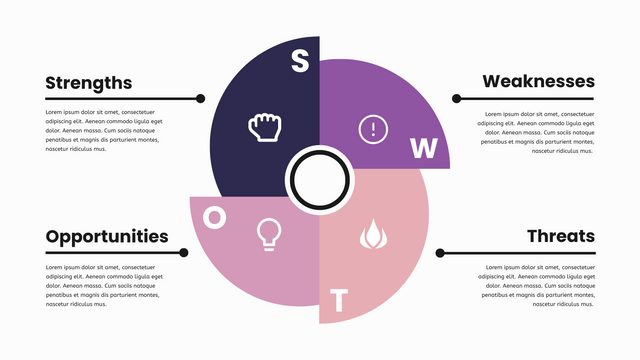
SWOT Analysis – Windmill Style
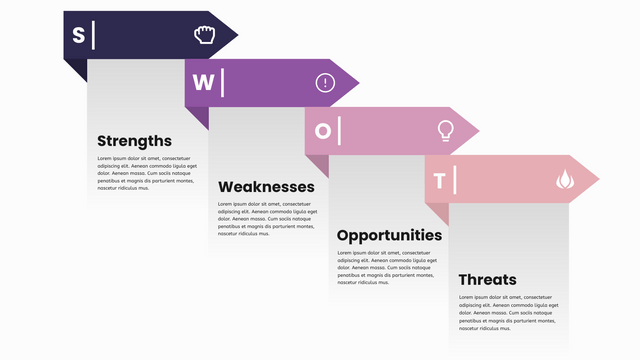
Incremental SWOT Analysis Chart
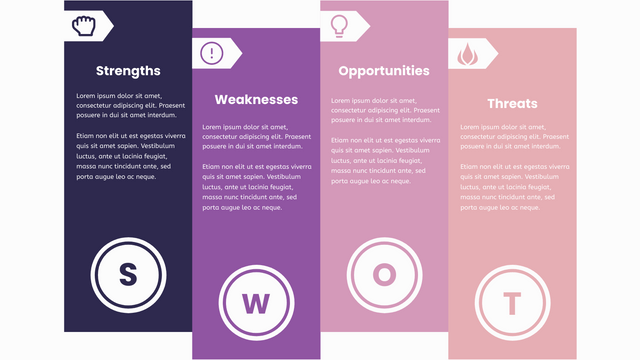
Standard SWOT Analysis Template
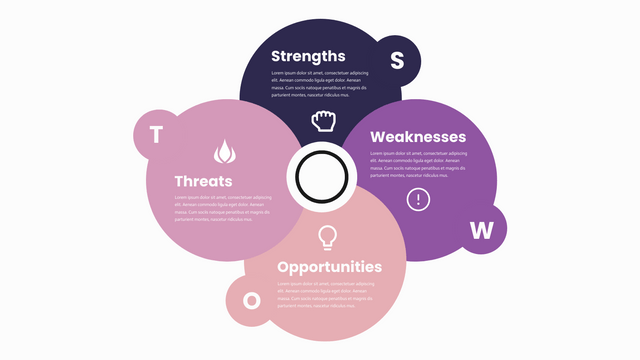
SWOT Analysis Template – Flower Style
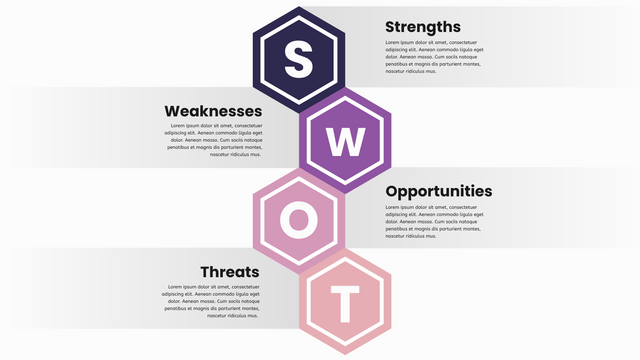
SWOT Analysis Diagram – Hexagonal Style
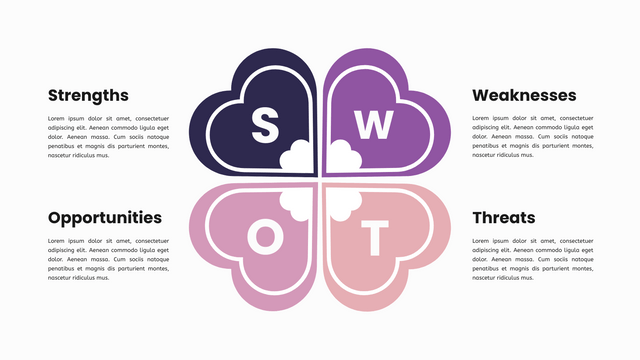
Petal Style SWOT Analysis Framework Template
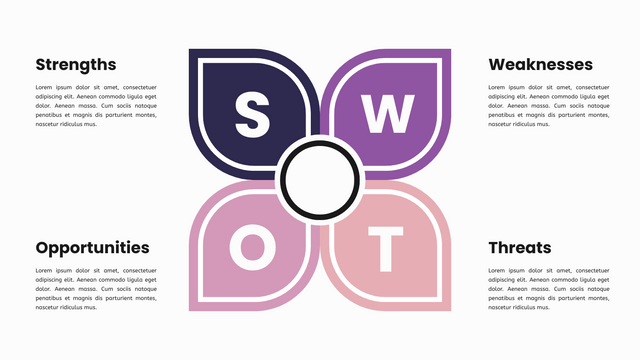
SWOT Analysis Model – Petal Style
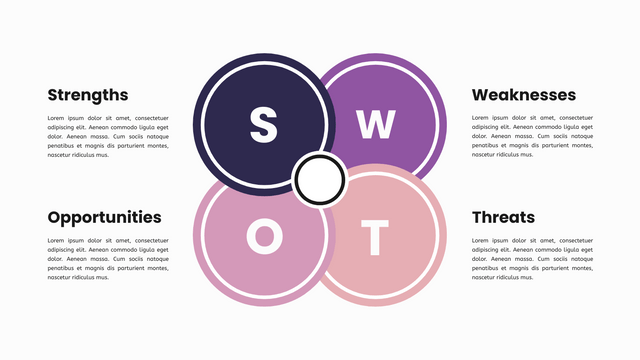
SWOT Analysis Template with Circles

SWOT Analysis Template in Box Style
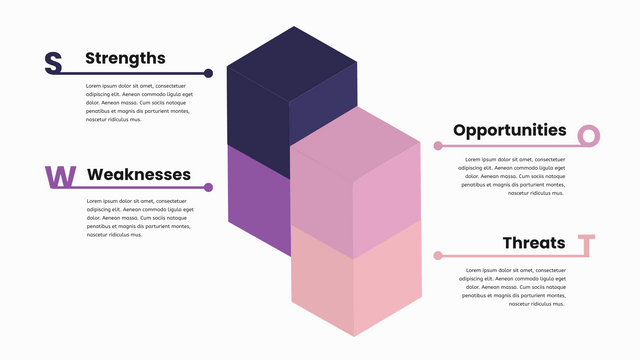
PREMIUM
3D SWOT Analysis Template
This post is also available in Deutsch, Español, فارسی, Français, Bahasa Indonesia, 日本語, Polski, Portuguese, Ру́сский, Việt Nam, 简体中文 and 繁體中文.















